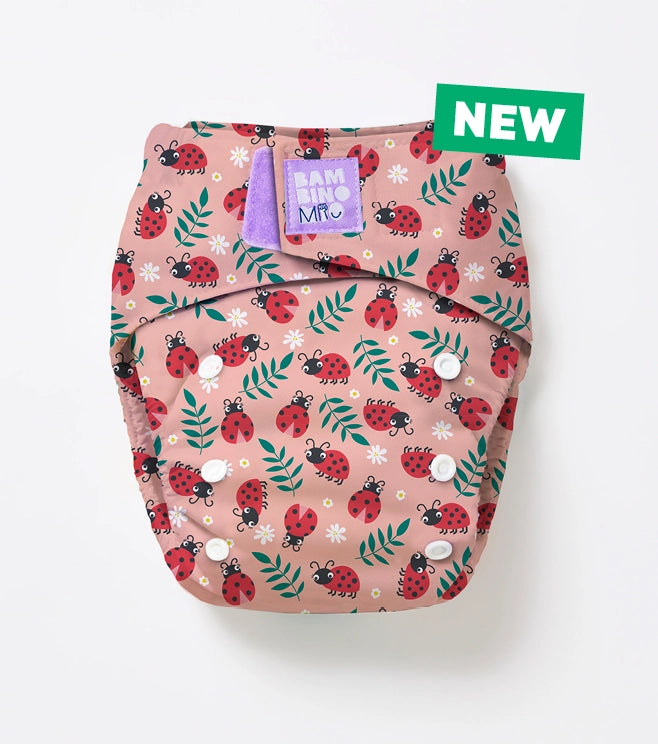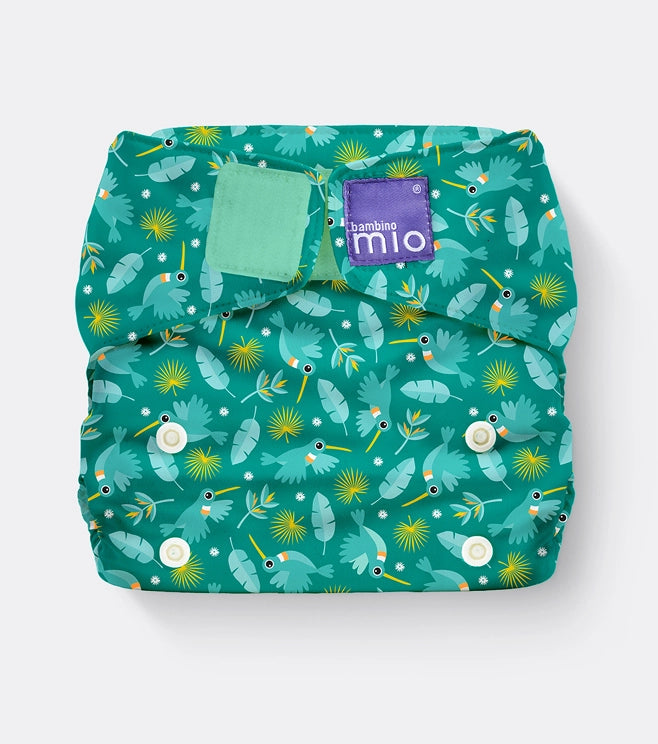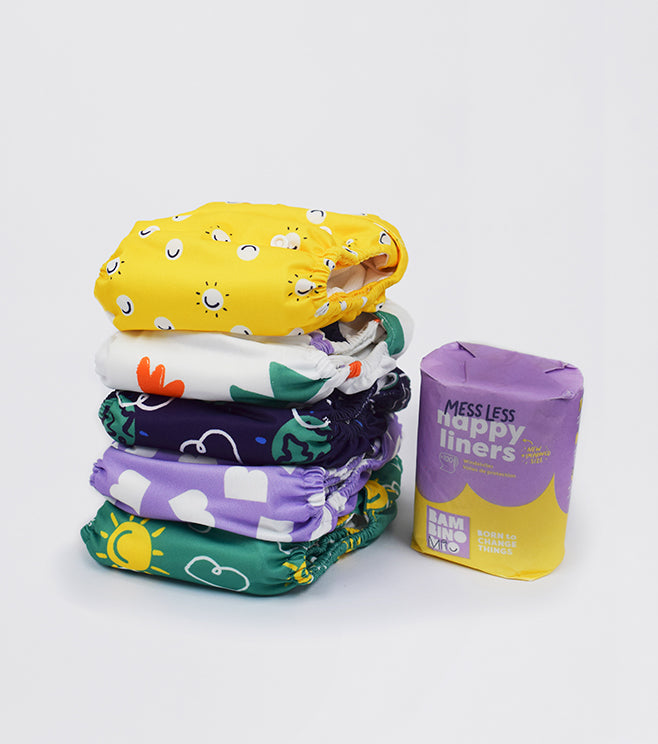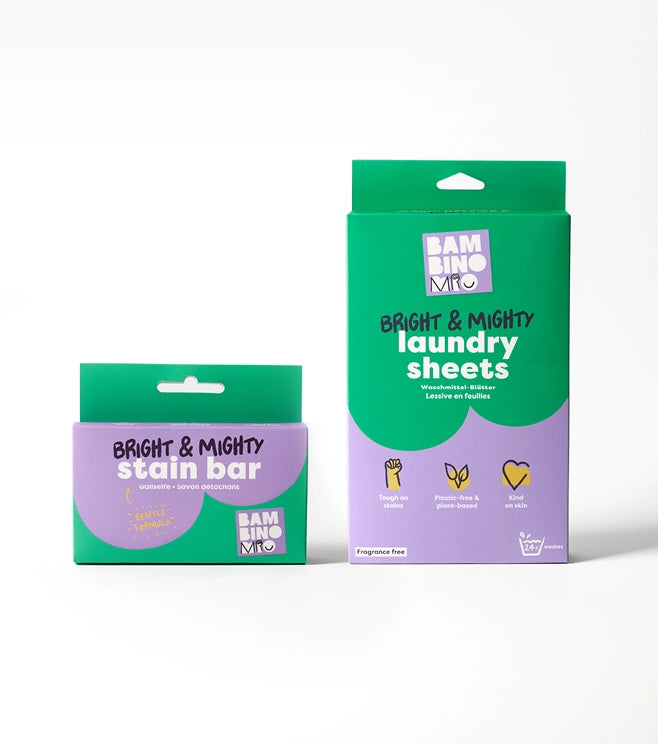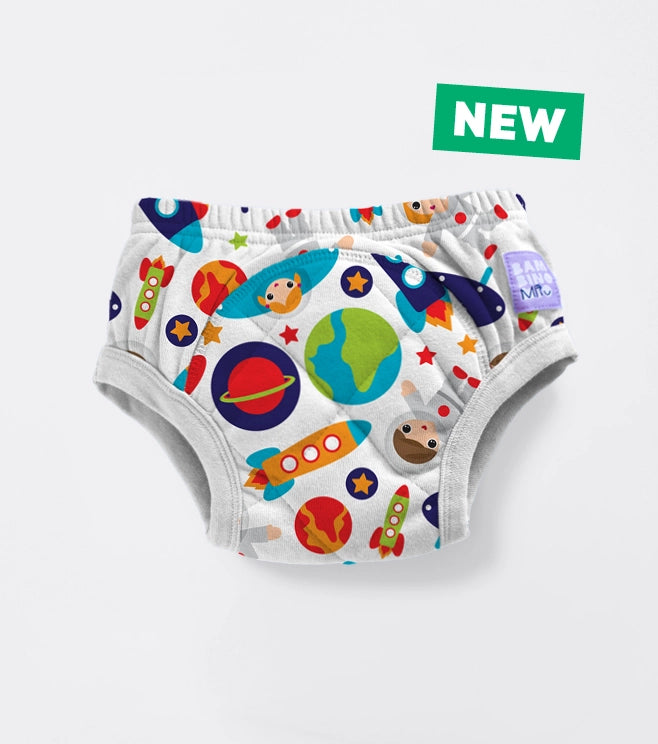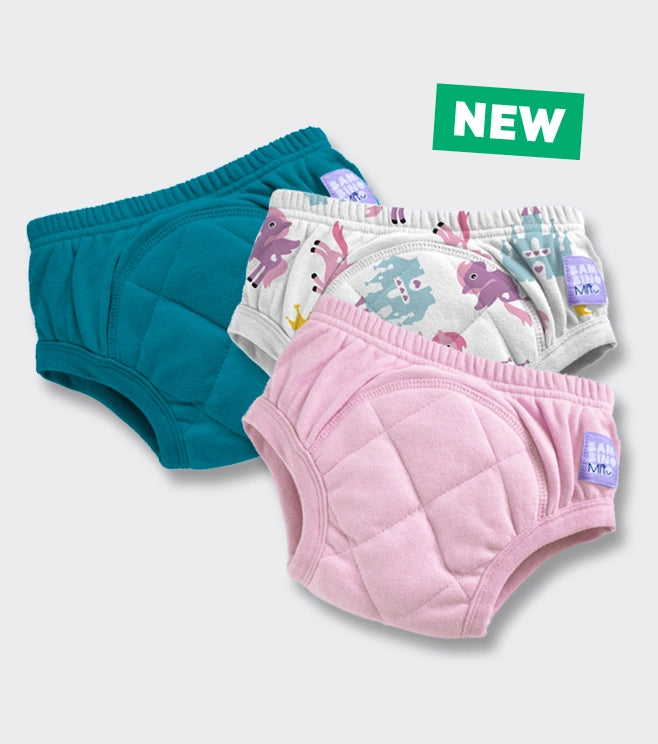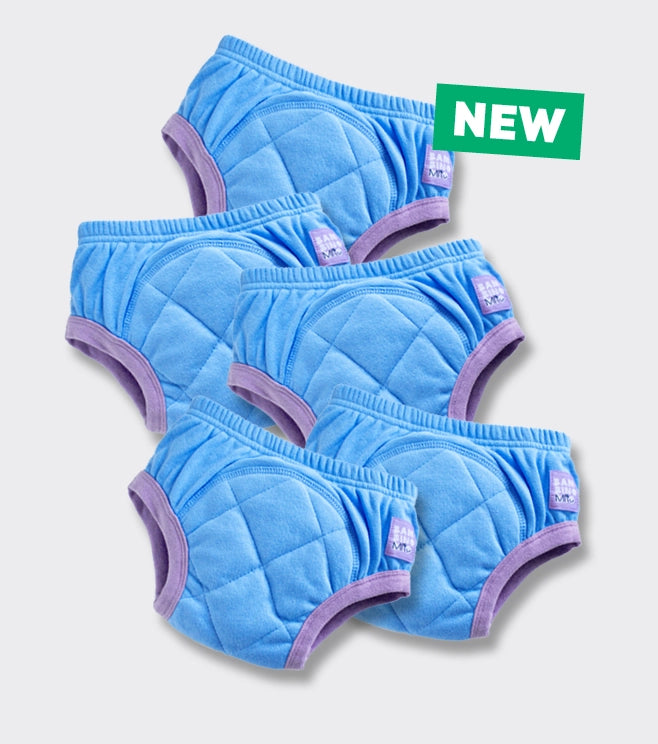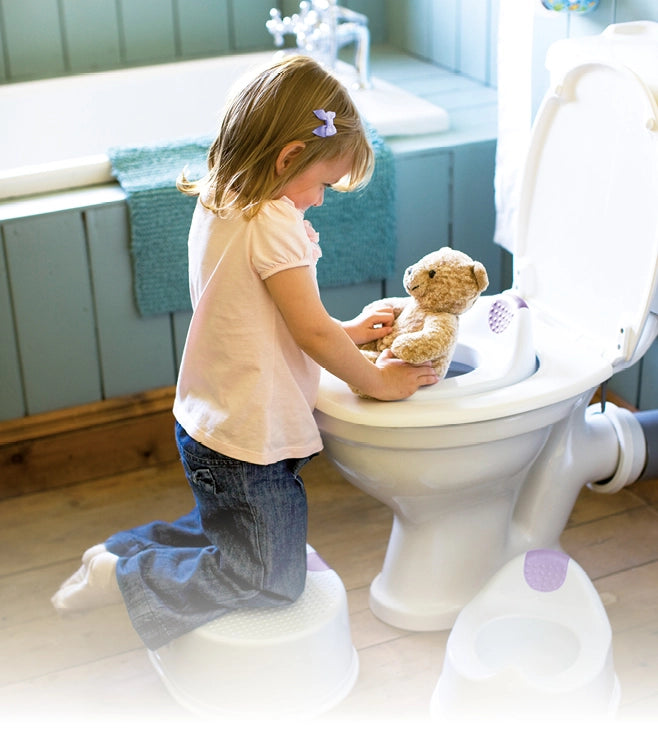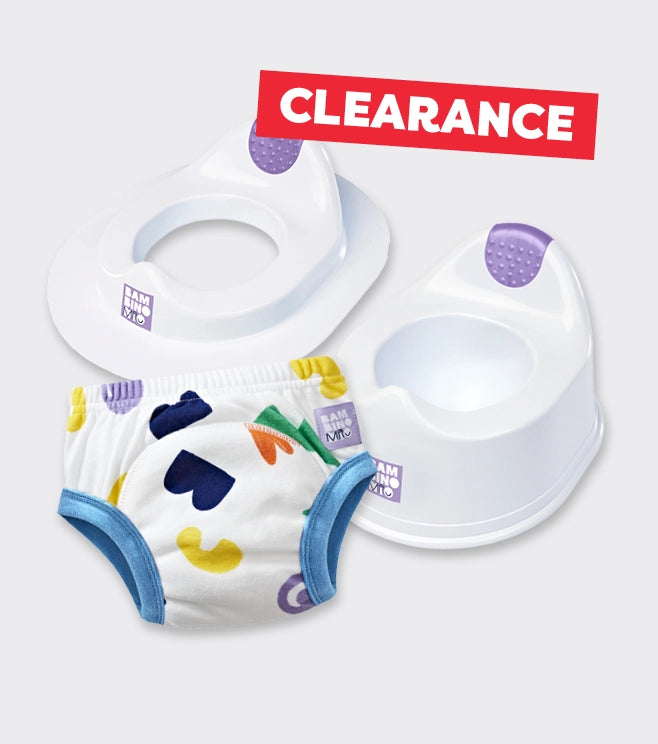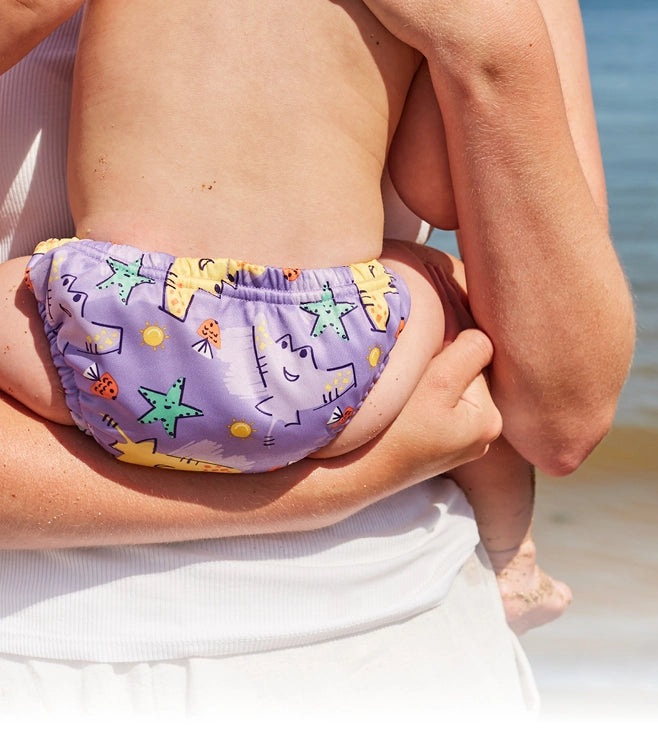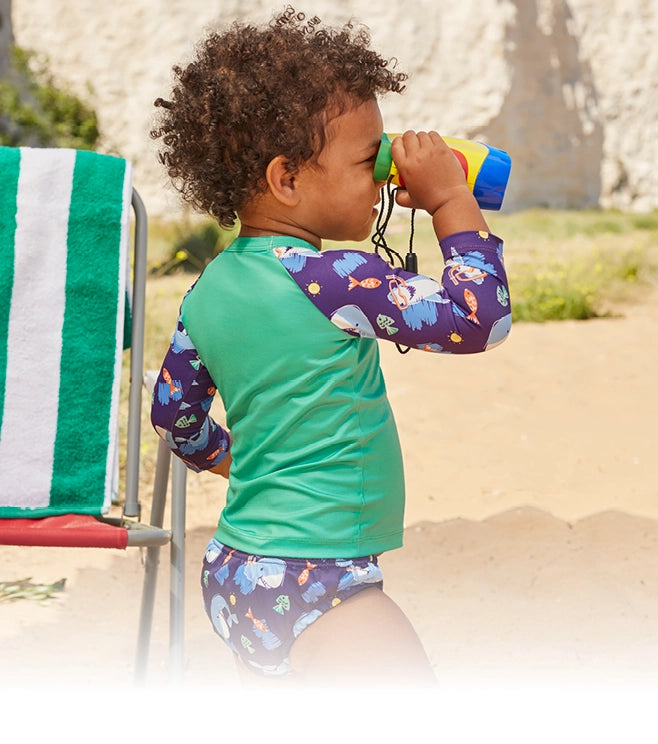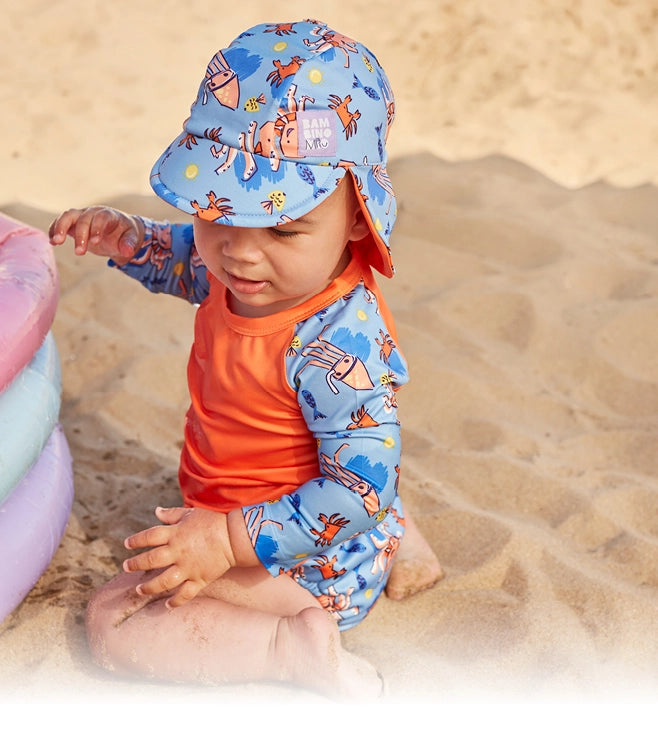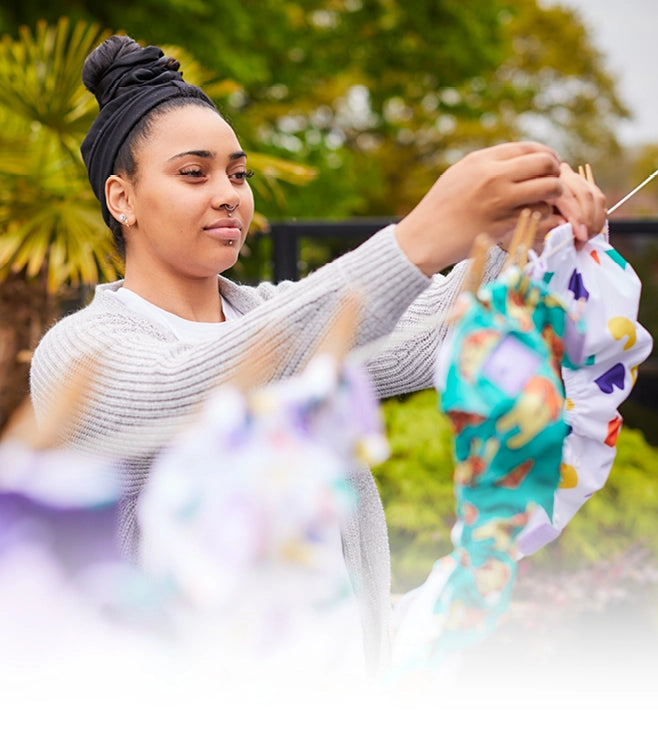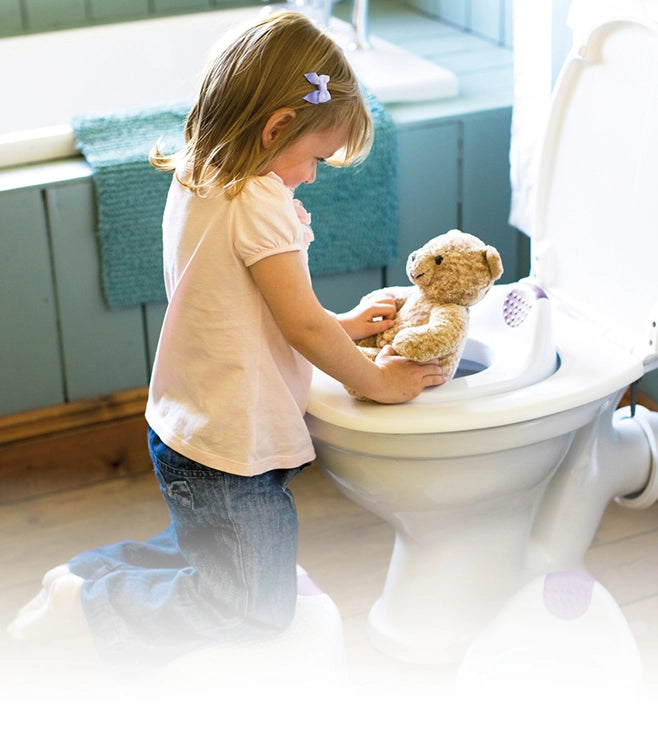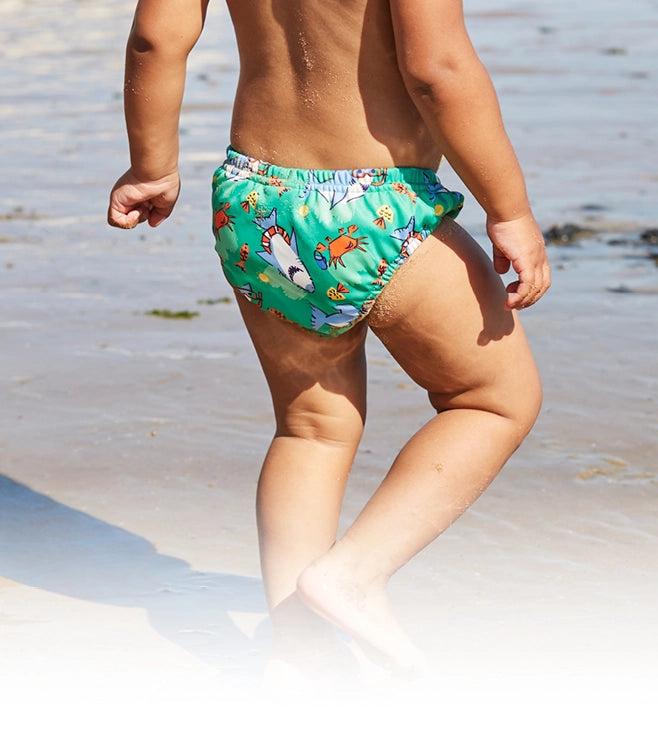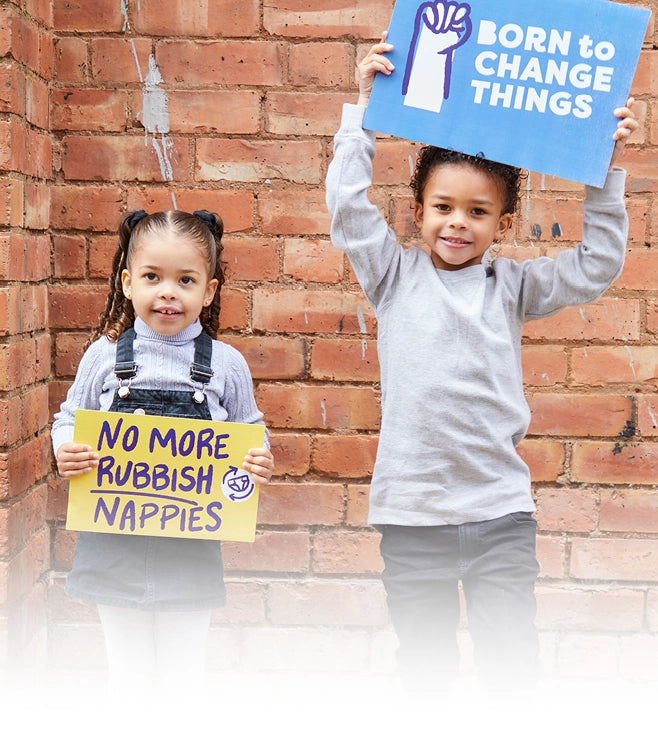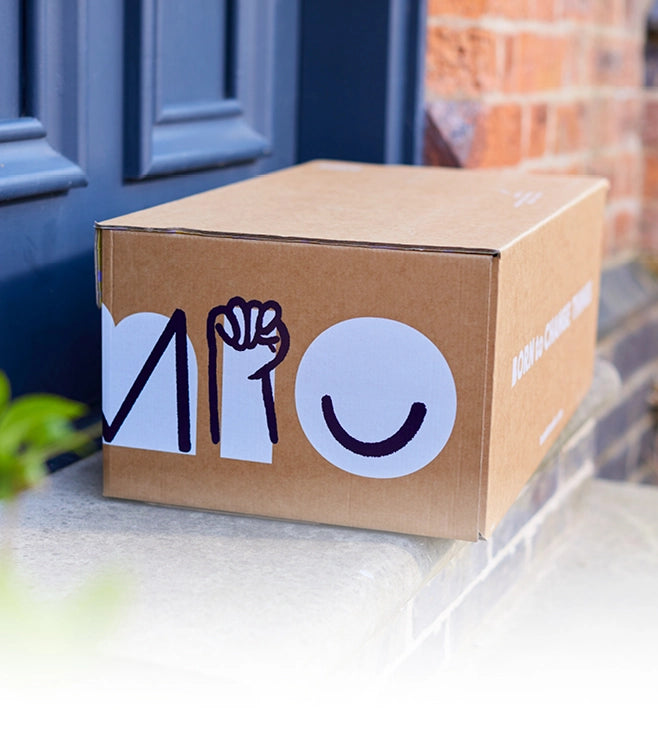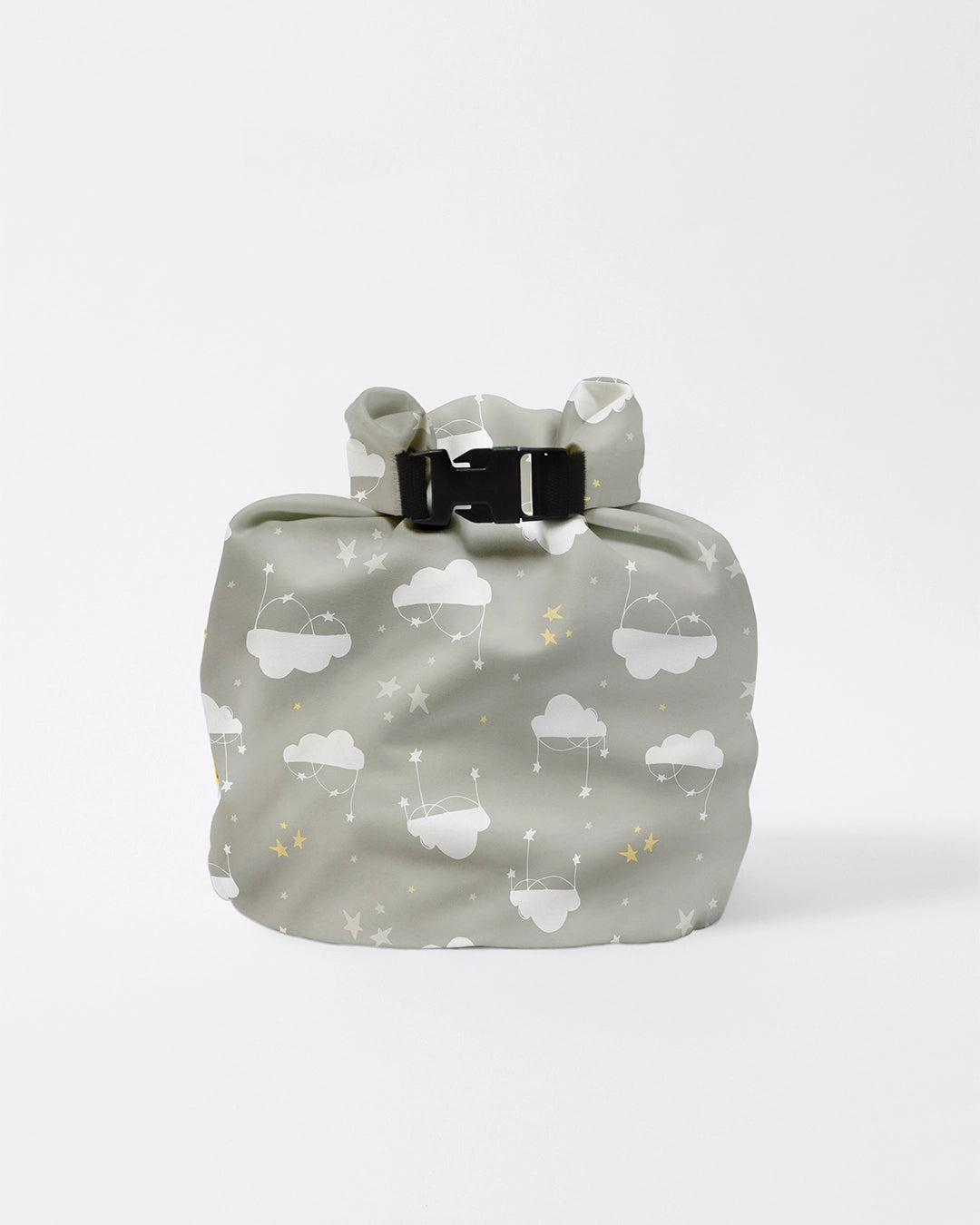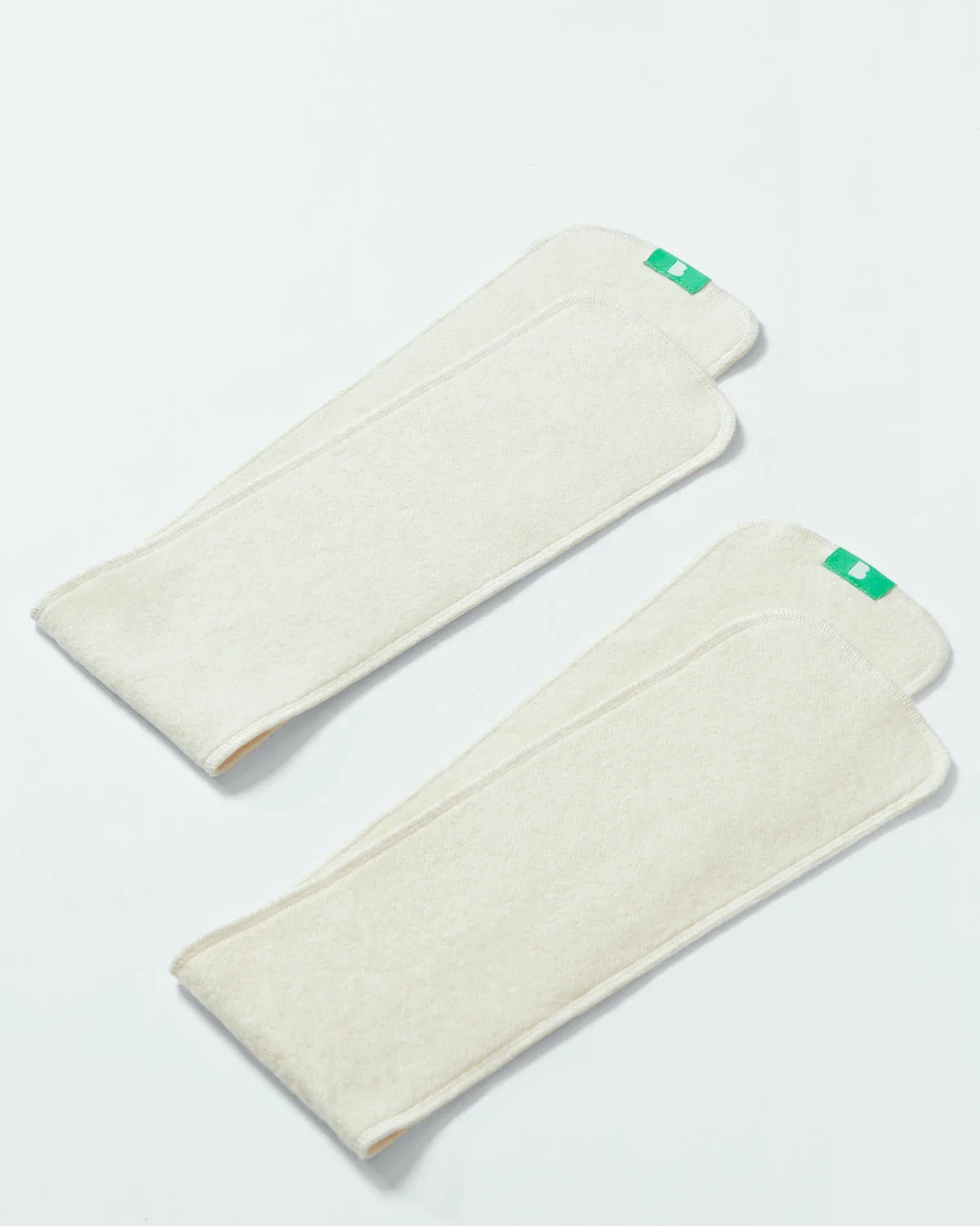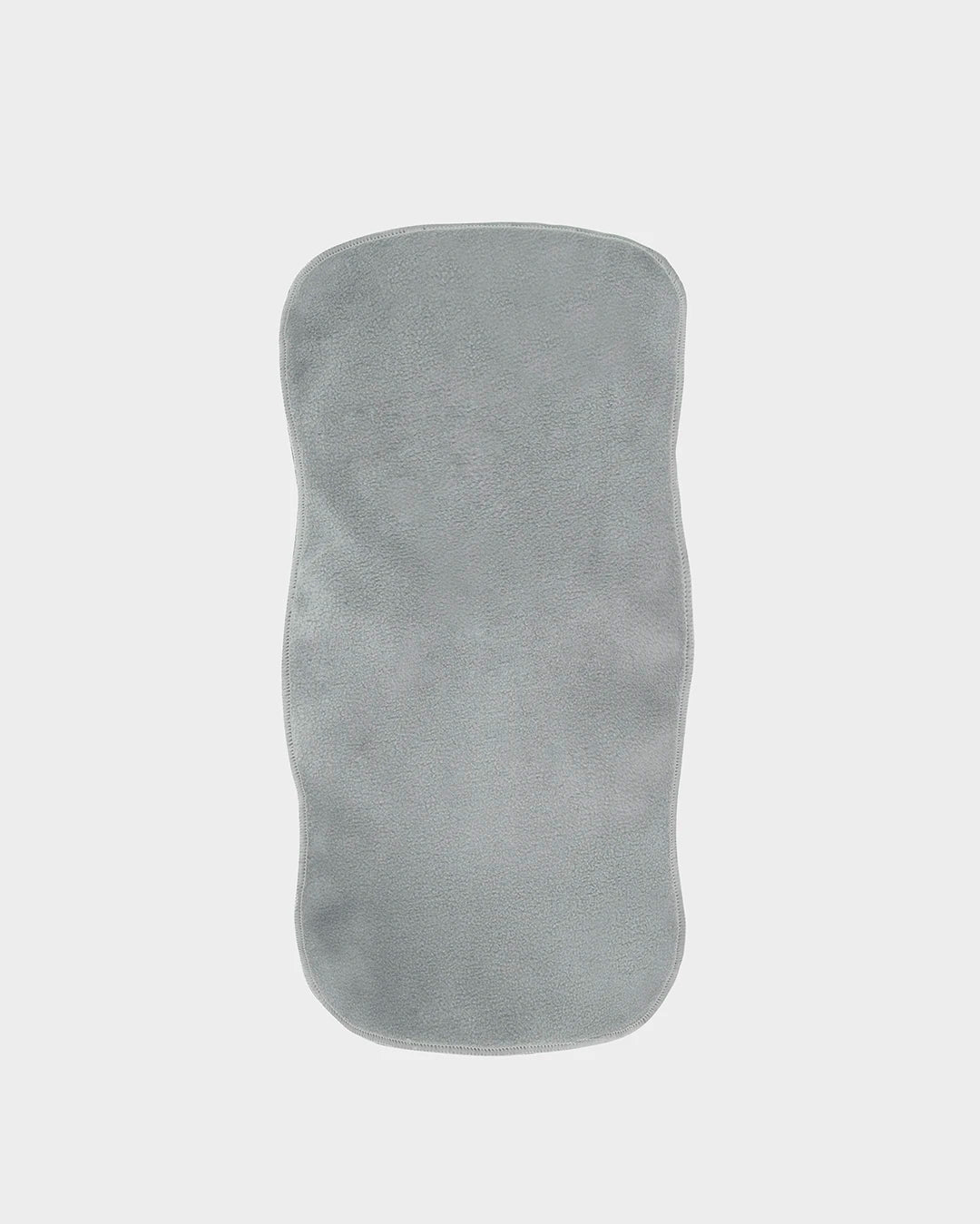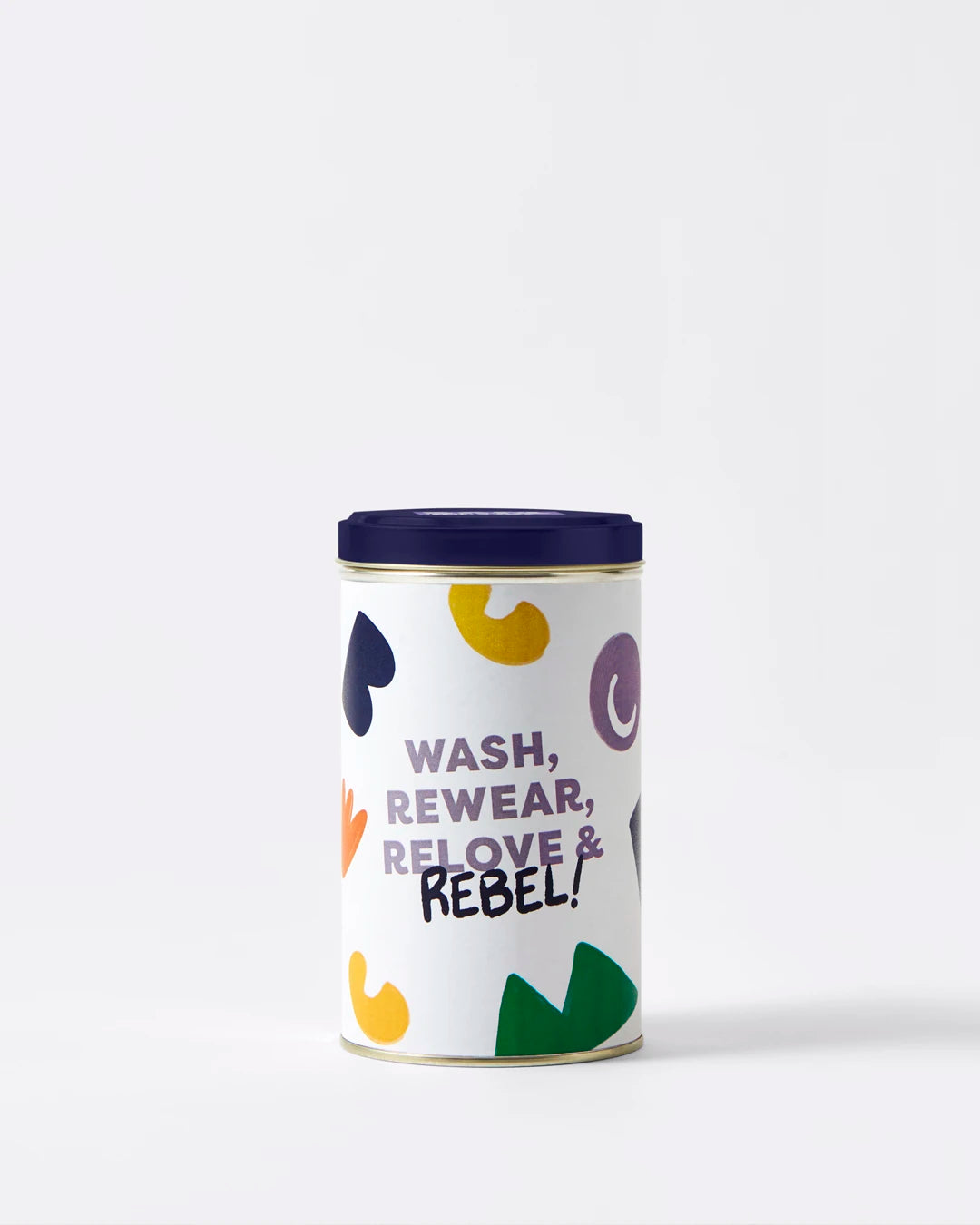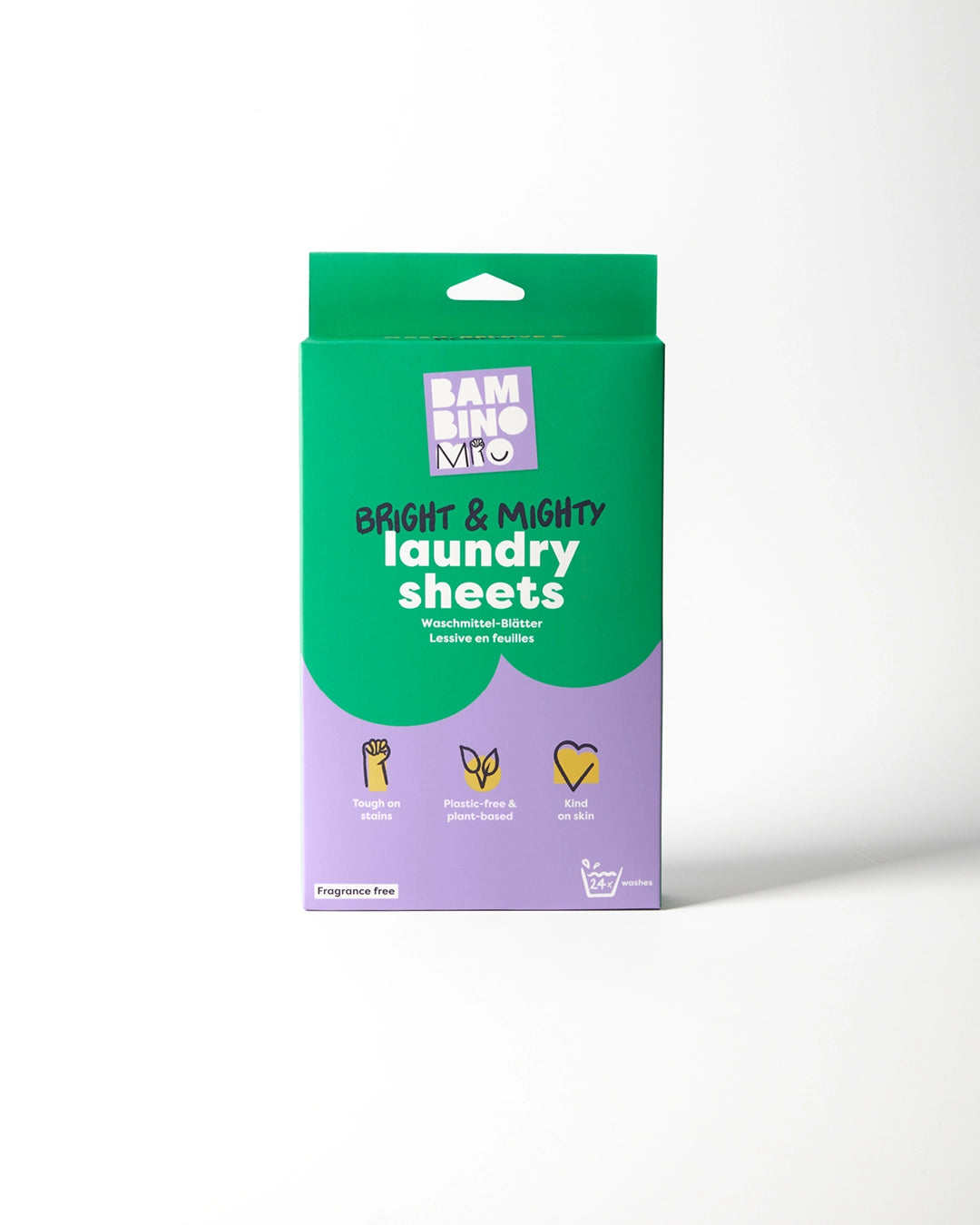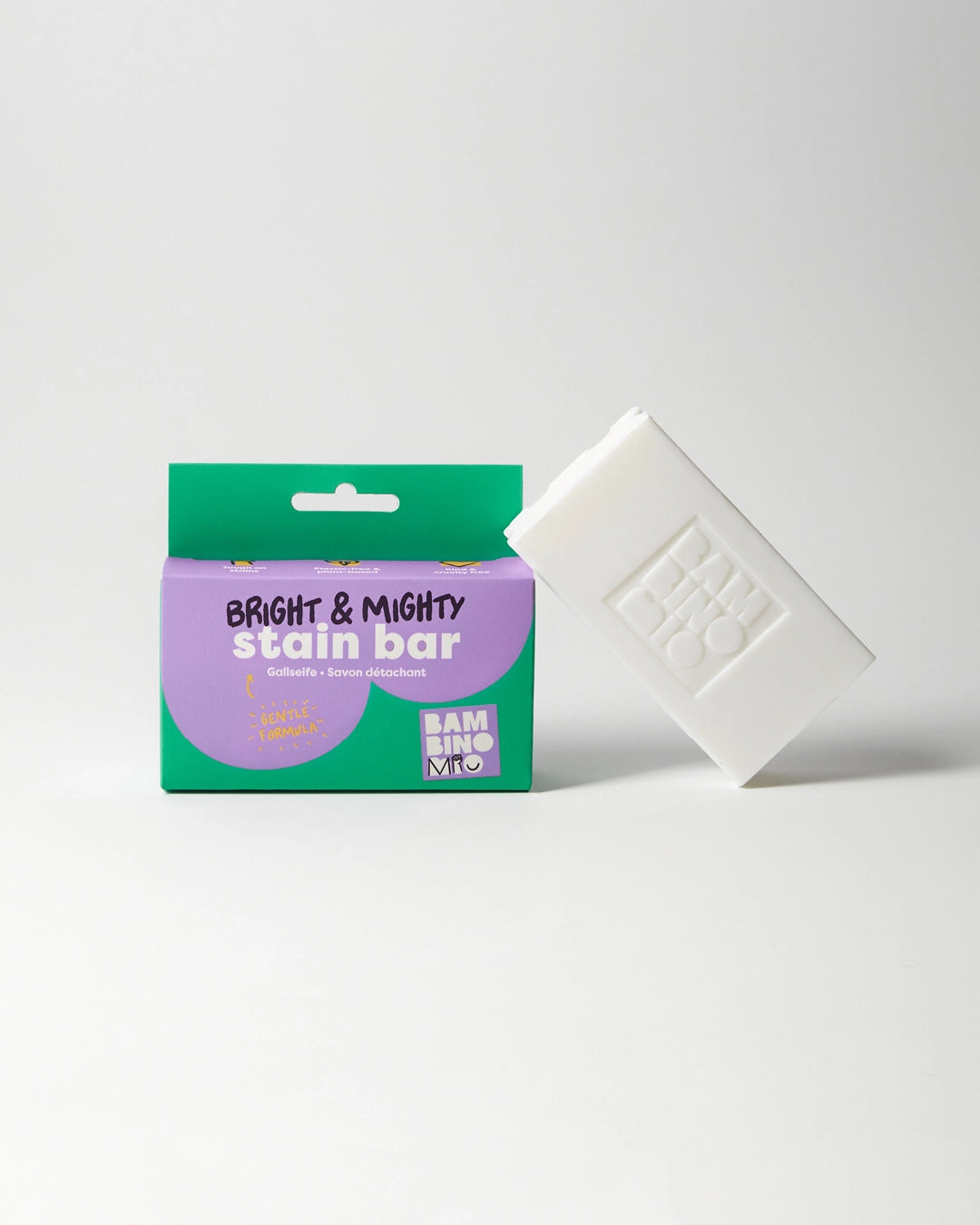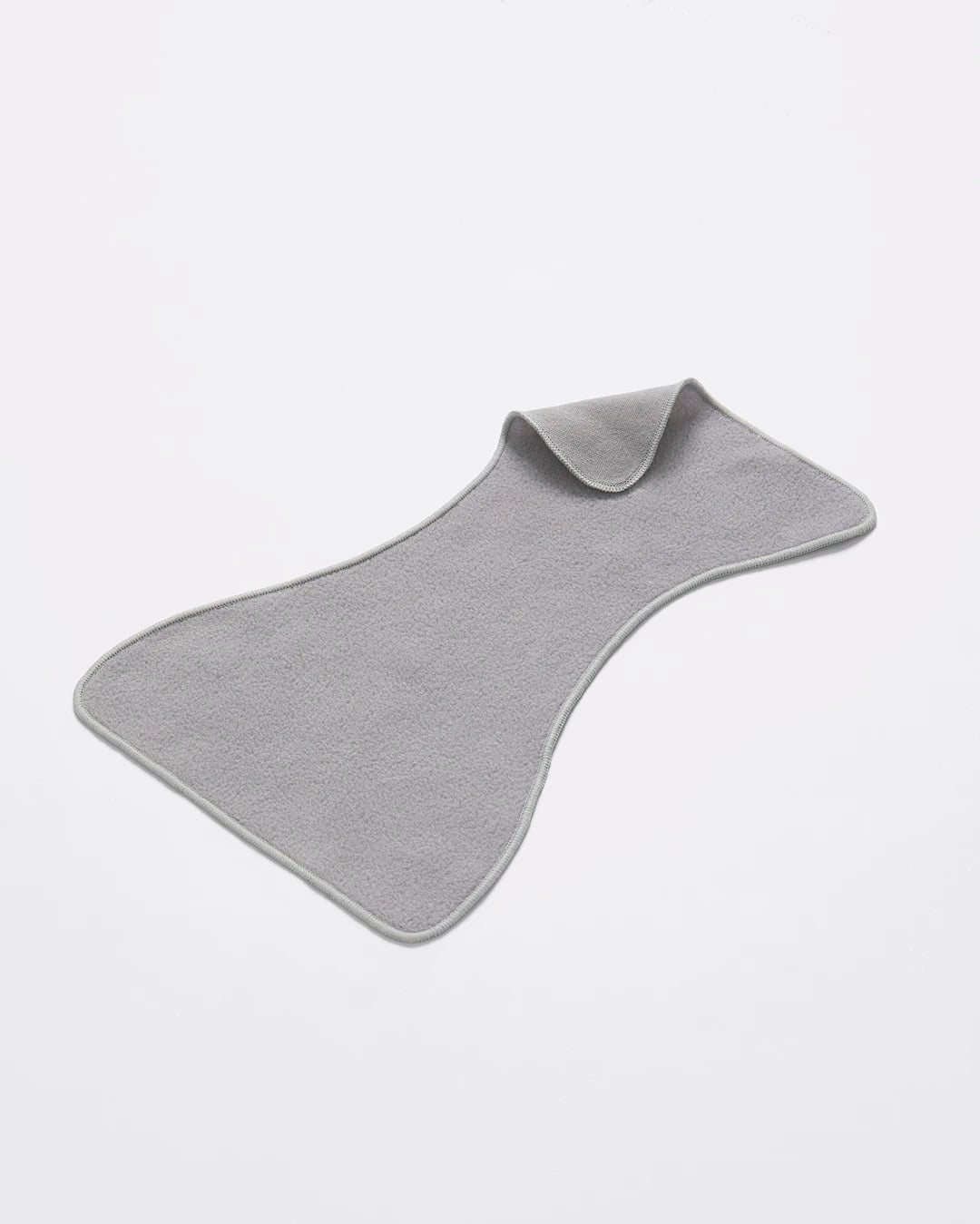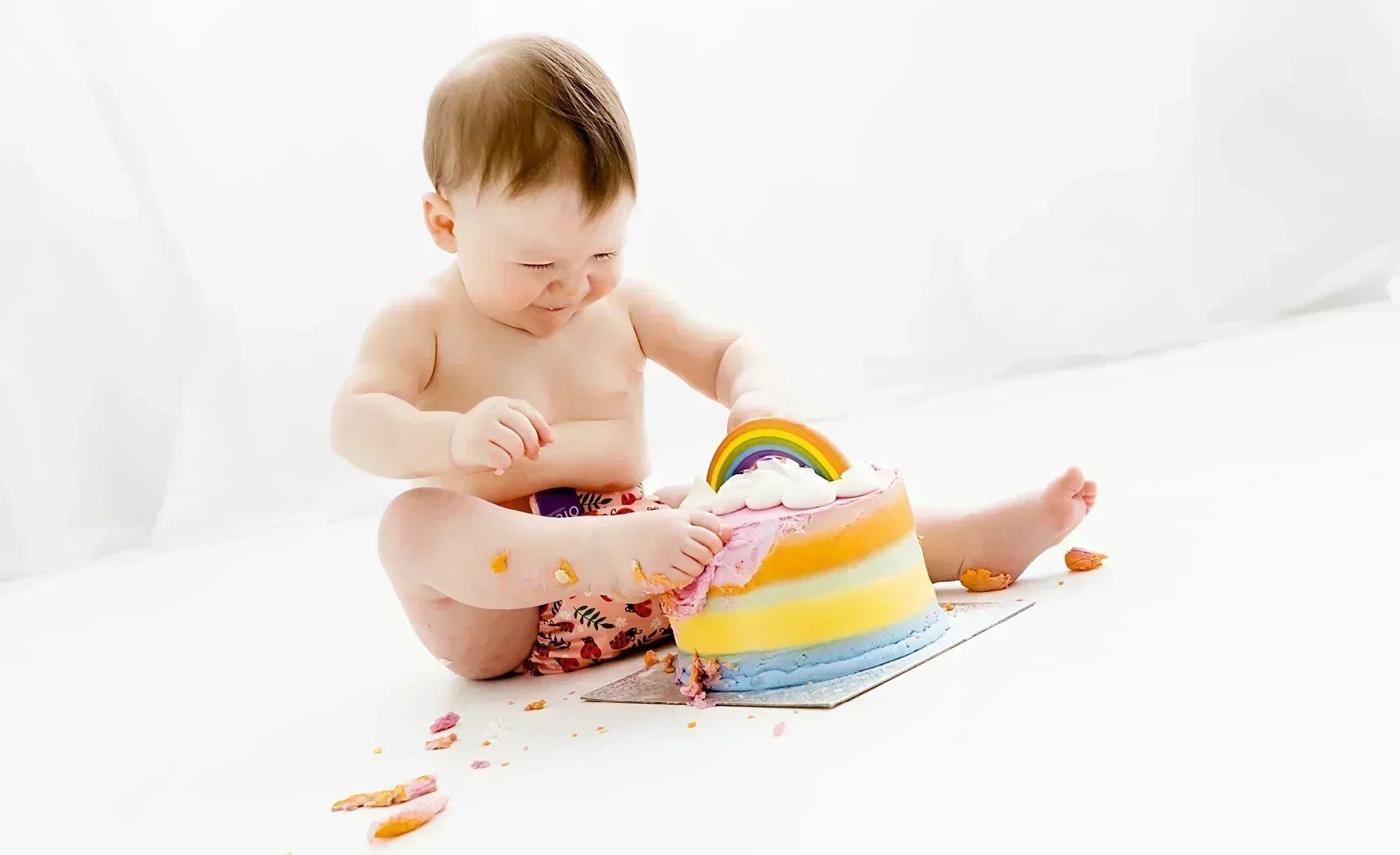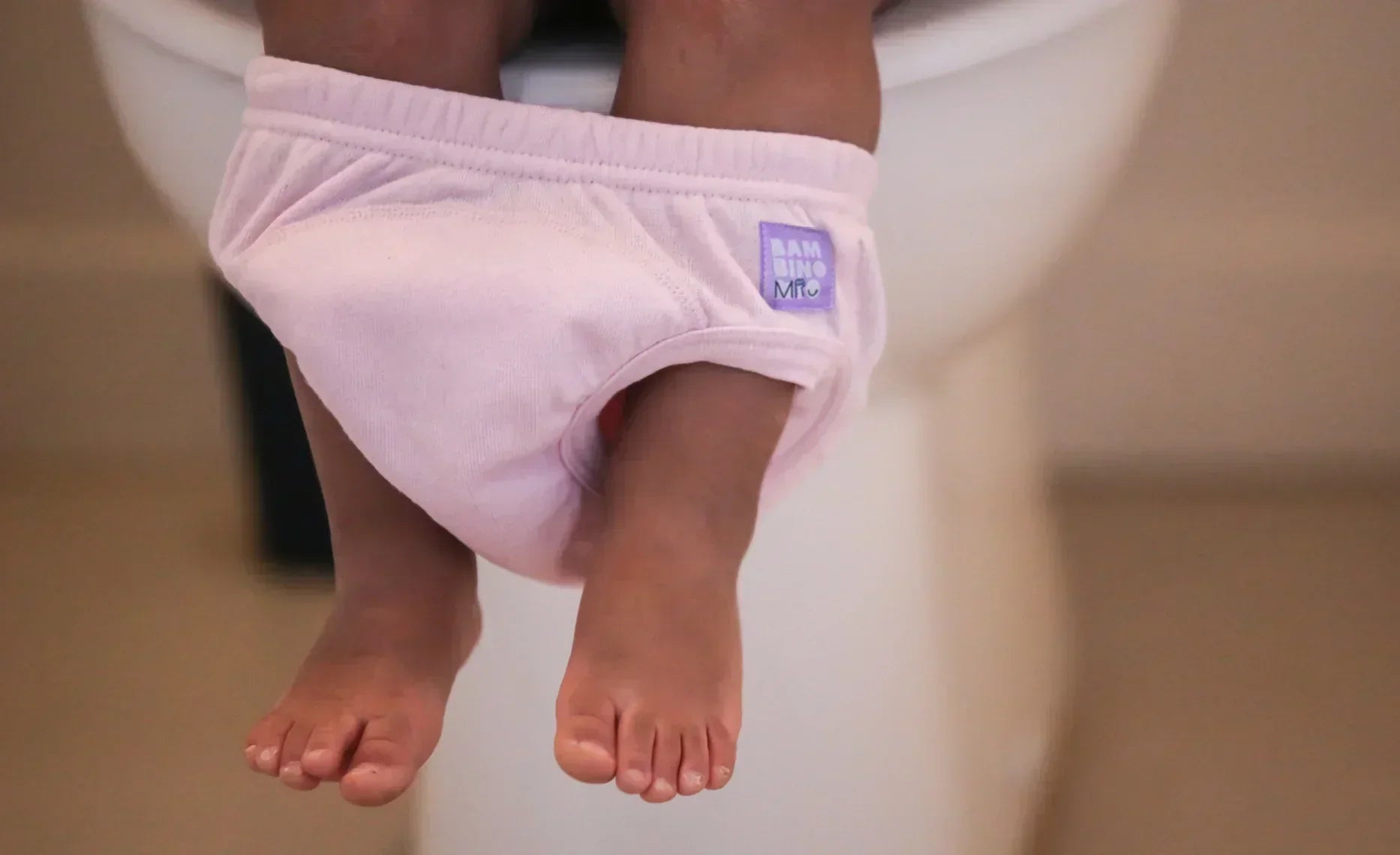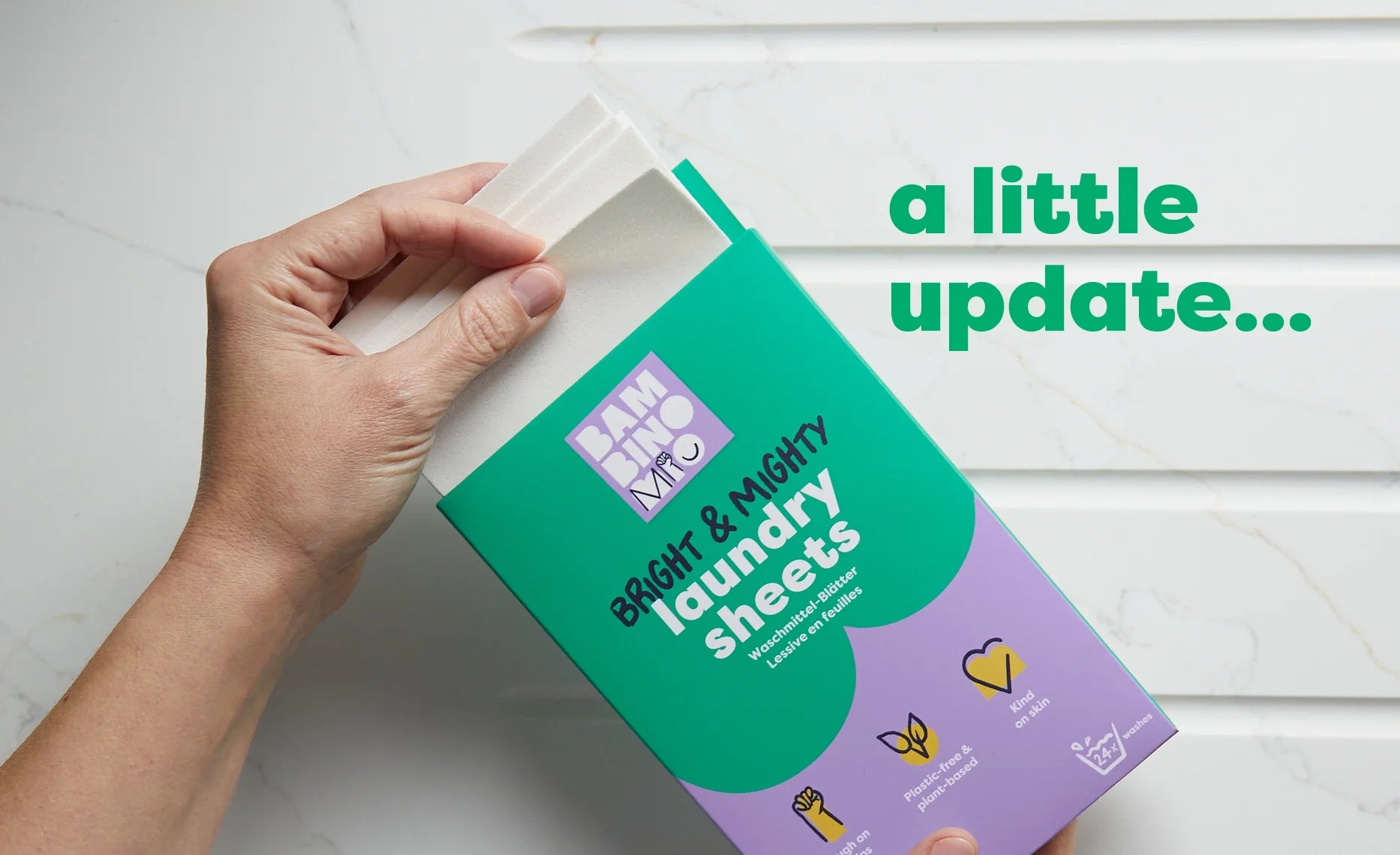Transitioning to Finger Foods
Share Options
- Bambino Mio
- 27 / 09 / 2023
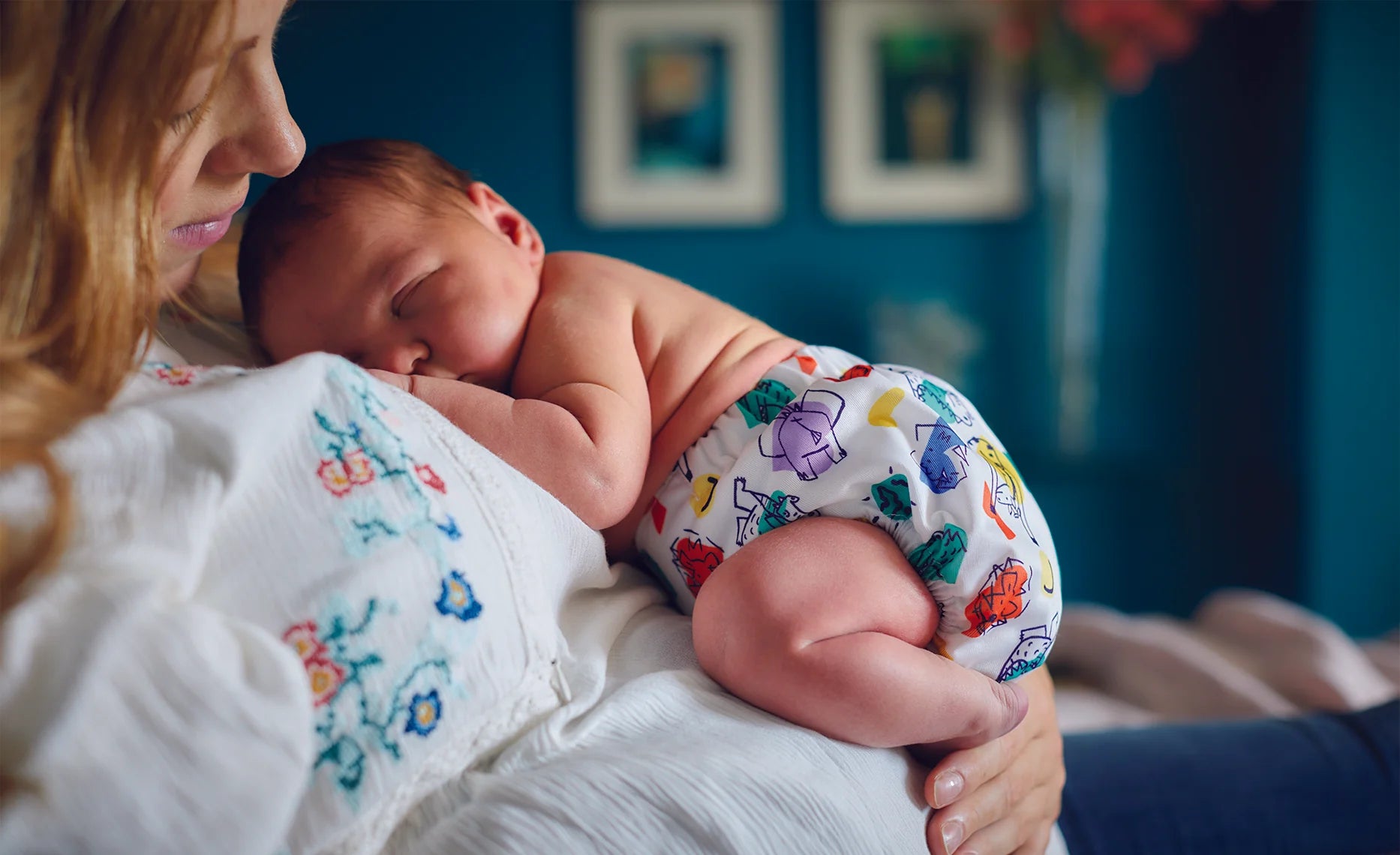
For your attention: The nutritional information within this article is intended solely for general informational purposes. It is not to be considered as a replacement for tailored medical advice from a certified healthcare professional. It is imperative to consult with your paediatrician or a qualified medical expert before introducing new food items such as fish or nuts into your infant's dietary regimen, especially if there are pre-existing health concerns or a familial history of allergies.
Inside this Article:
- Feeding Your Baby: Transitioning to Finger Foods
- When is the right time to offer my baby finger foods?
- You should be on hand to help your baby learn to feed themselves
- What’s the benefit of finger feeding?
- What should my baby be eating when they transition to finger foods?
- Fast facts about finger foods
- Are there some finger foods I shouldn’t give to my baby?
- Which finger foods are potential choking hazards?
- Citations and References
Feeding Your Baby: Transitioning to Finger Foods
If you and your baby have successfully navigated the first stage of weaning and have explored all possible combinations of fruit and vegetable purees, it may be time to move onto finger foods.
When is the right time to offer my baby finger foods?
The best time to start offering your baby finger foods (1) is when they’ve developed their fine motor skills enough to try feeding themselves.
These motor skills involve making pincer grasps (2) - your baby can take hold of a small piece of food and pick it up. You should notice your baby trying out their pincer grasp at around nine months of age. Nine months is also the age at which your baby can sit confidently and transfer these small pieces of food to their mouths (most of the time…).
You should be on hand to help your baby learn to feed themselves
Learning to pick up food and transfer it into their mouth is quite a skill and your baby won’t always get it right. Sometimes they’ll drop the food, sometimes they’ll end up with banana chunks in their hair and occasionally they’ll manage to actually hit the target!
Your role now is food facilitator. You should sit with your baby and make sure they’re eating safely, but don’t interfere too much. It can be frustrating to see those banana chunks smeared all over your baby’s face, but it’s all part of the learning process.
Once it looks like the self-feeding frenzy is slowing down, then you can step in, clean up and offer your baby some milk - at nine months, milk is still a big part of your baby’s diet (3).
What’s the benefit of finger feeding?
Learning to handle finger foods gives babies some independence and also hones their fine motor skills so they can use utensils later. It also helps them to have control over what and how much they eat, which is an important part of eating healthily. Even small babies know when they’ve had enough to eat, so let them decide for themselves.
What should my baby be eating when they transition to finger foods?
At nine or so months of age, your baby can eat adapted versions of what the rest of the family eats, but without any added salt or sugar.
If you’re making pasta for everyone, leave a small portion in the water a minute or two longer so it’s extra soft and, if necessary, cut the pieces up into baby-bite-sized chunks.
If you’re serving chicken, cut up some strips to around the size of your baby’s fingertips and offer them, maybe with some quartered grapes.
Fast facts about finger foods
- Foods that break up easily or melt in the mouth, such as multigrain circles, are big favourites with many younger children
- Well-cooked fruit and vegetables work really well as they don’t involve chewing and their texture isn’t too far away from purees
- Cottage cheese and small cubes of tofu are great for a quick protein hit if you’re not planning to introduce meat just yet (or ever)
- If your baby only has a few teeth so far, foods such as well-cooked pasta can be “gummed” into submission
- Any food you offer must be cut into small pieces to reduce the risk of choking or of your baby finding them intimidating
- It can take a few tries for your baby to accept some foods, so if they don’t seem keen on that cottage cheese, for example, try it again in a few days
Are there some finger foods I shouldn’t give to my baby?
The move to finger feeding is fun for your baby and for you, but you shouldn’t give them anything which could cause choking or which doesn’t have much nutritional value.
Which finger foods are potential choking hazards?
You should always be with your baby when they’re eating to make sure they’re safe, but you can reduce the risk of choking further by avoiding the following foods:
- Chunks of hard fruits and raw vegetables
- Whole grapes, cherry tomatoes and berries - cut these fruits into quarters
- Dried fruit, including raisins, as these are hard to chew and can get stuck on the roof of your baby’s mouth
- Peanuts, seeds and nuts
- Big spoonfuls of peanut butter - peanut butter is safe as a thin layer
- Soft or untoasted bread as it can form clumps in your baby’s mouth
- Chunks of meat or cheese that are bigger than your baby’s fingertip
- Popcorn, marshmallows, jelly beans and other sweets as not only do they present a choking hazard but they’re full of sugar and little else
Citations and References
(1) National Health Service (NHS). ‘Weaning and Feeding. Your Baby’s First Solid Foods.’ 2022. Web. www.nhs.uk/conditions/baby/weaning-and-feeding/babys-first-solid-foods
(2) WebMD. ‘What to Know About Pincer Grasp.’ 2021. Web. www.webmd.com/parenting/baby/what-to-know-pincer-grasp
(3) National Health Service (NHS). ‘What to Feed Your Baby. 7 to 9 Months.’ www.nhs.uk/start-for-life/baby/weaning/what-to-feed-your-baby/7-to-9-months


